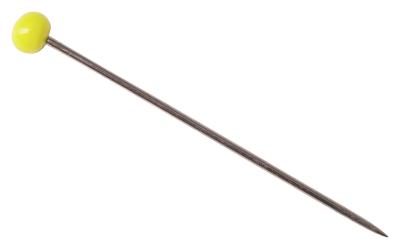
As part of the windshield wiper system, the washer fluid in the system reservoir helps you clear off residue and debris from your windshield as you drive. However, damaged system components, dirt particles and wax--which find their way into spray nozzles and hoses--may weaken or obstruct the stream of washer fluid and your view of the road. Fortunately, finding the clog or trouble spot in the system is relatively easy.
Park your vehicle in a safe place.
Open the hood and make sure there is enough washer fluid in the reservoir tank. Add fluid if necessary.
Turn the ignition switch to the "On" position, but do not start the engine.
Ask a helper to activate the washer pump switch as you listen for the pump operating. Make sure you hear a clicking or whirring sound. This will eliminate a possible problem with the pump motor. If you cannot hear the pump operating, take your vehicle to the shop and have a mechanic check the washer pump. If you hear the pump operating, go on to the next step.
Trace the hoses and lines between the washer pump and nozzles on the hood of the vehicle. Look for signs of washer fluid leaks, and make sure the lines are not disconnected, cracked or damaged.
Locate the hose connection closest to the nozzle and disconnect it.
Point the hose away from you, and ask your helper to operate the washer pump. If a stream of fluid comes out through the hose end, go on to the next step. Otherwise, skip ahead to Step 10.
Insert a pin or staple through the nozzles to unclog them.
Reconnect the washer hose, and operate the washer pump again. If washer fluid does not come out through the nozzles, replace the spray nozzles.
Disconnect the hose at the washer pump.
Ask your helper to operate the washer pump again. If washer fluid does not come out of the washer-pump hose fitting but you can hear the pump operating, make sure there is no obstruction between the pump inlet line and the washer reservoir. If there is no obstruction, replace the pump. If washer fluid comes out of the pump, go on to the next step.
Look for the clog in the washer hose and joints. Disconnect hose sections from their plastic joints, and blow compressed air through the sections of hoses and joints until you find the clog. Use a can of compressed air.
Reconnect the hoses, joints and the washer hose ends to the washer pump and nozzles.
Operate the washer pump to verify that washer fluid comes through the nozzles.
Turn off the ignition switch.